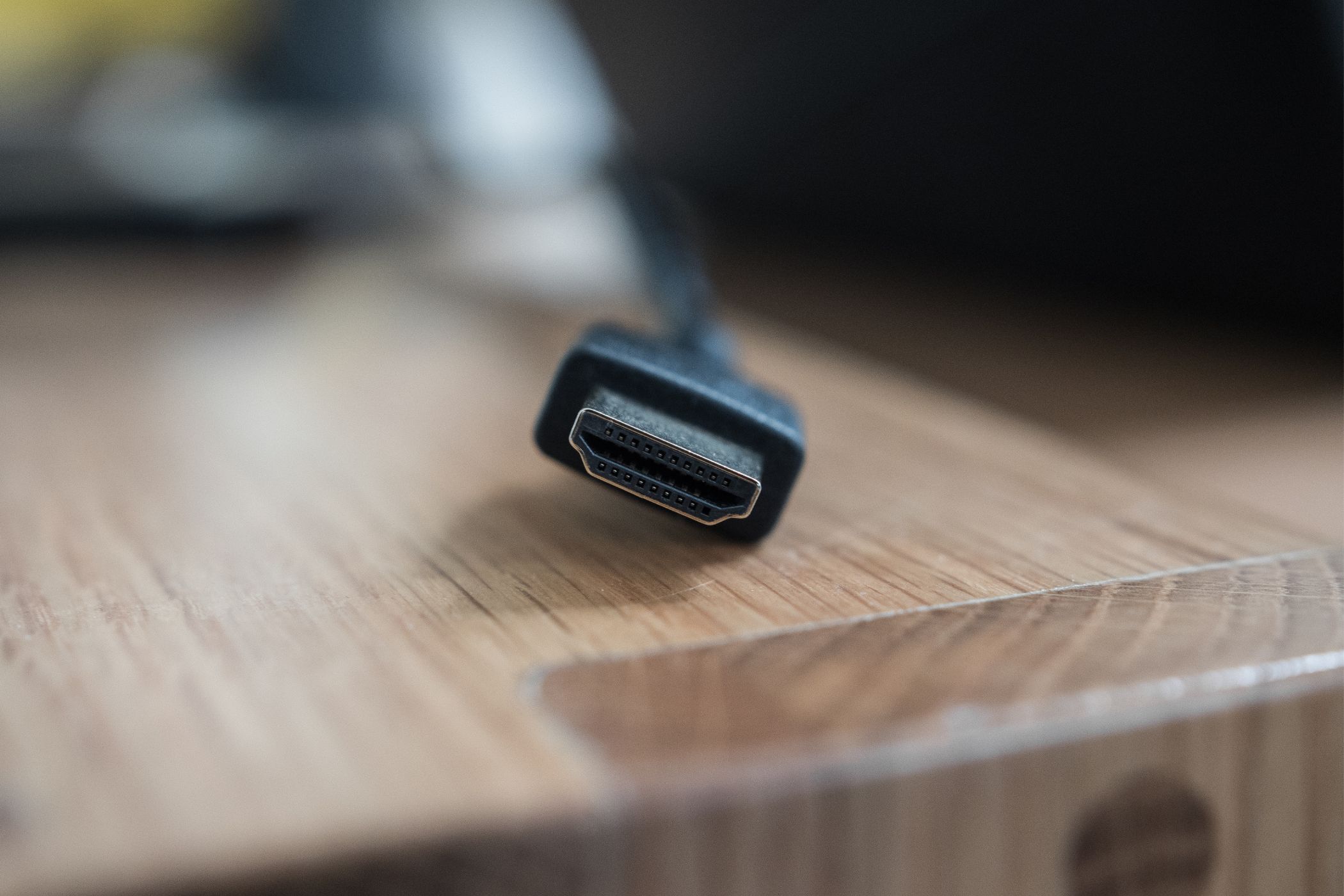Here’s Why HDMI 2.1 Is So Important For Gaming
Key Takeaways
- HDMI 2.1 offers support for 8K video, 48Gbps bandwidth speed, and reduced interference from other wireless devices.
- Consoles like the PS5 and Xbox Series X already utilize what HDMI 2.1 has to offer.
- Game Mode features deliver lag-free graphics with little to no screen tearing
If you’re serious about gaming and want to get a responsive, high-definition experience, you should invest in an HDMI 2.1 cable and compatible display and gaming device.
The newest HDMI standard isn’t just important for TVs. In fact, it offers special features specifically for gamers. Here’s a look at why the standard is so important for gaming.
What Is HDMI 2.1?
Though they look the same, there are different types of HDMI cables, but all of them transmit audio and video data. While the HDMI 1.4 standard was usurped by HDMI 2.0, there’s a newer standard that’s been adopted by manufacturers—HDMI 2.1.
Naturally, this comes with a range of improvements, including the ability to stream 8K video, a bandwidth speed of 48Gbps, and reduced interference with other wireless devices.
Which Consoles Support HDMI 2.1?
HDMI 2.1 makes media look and sound great, so it’s only natural that it’s taken advantage of by gamers and console manufacturers. So which gaming consoles actually support HDMI 2.1 right now?
Currently, next generation consoles like the PS5 and Xbox Series X ship with an HDMI 2.1 cable. The connectors are the same as previous interfaces too, so if you’ve bought either first-hand, you can take advantage of everything 2.1 has to offer straight away (though this is dependent on your other hardware like your TV or monitor). So if you’ve got an HDMI 2.1 cable from a PS5, for example, you can use it for an Xbox Series X.
We don’t know what the long-rumored Nintendo Switch 2 will offer, but support for HDMI 2.1 is very likely. And most new PCs with modern GPUs support HDMI 2.1, so if you’re a PC gamer, the latest HDMI support is still essential.
Why HDMI 2.1 Is Essential for Games
You can still use HDMI 2.0 on consoles that support newer cables, so why should you upgrade anyway? Obviously, streaming 8K video will take full advantage of the graphics games on supported consoles offer. With the ability to process 7680 x 4320 pixels—that’s four times as many as 4k—worlds are rendered in incredible detail, so you get an immersive experience.
This is especially of interest to anyone who loves open-world titles like Cyberpunk 2077 or Marvel’s Spider-Man 2.
This immersion is enhanced by HDMI 2.1’s support for High Dynamic Range (HDR), so colors are vibrant, deep, and rich. It is also backwards compatible and capable of processing 4K at 60fps: you won’t lose anything from older games by upgrading your hardware, though they naturally won’t appear as crisp as a release that utilizes 2.1’s capabilities.
HDMI 2.1 actually supports 10k resolution, up to 120fps, and while most consoles don’t give gamers this just yet, by investing in HDMI 2.1, you’re future-proofing your equipment.
2.1 was introduced in 2017, but 2.0 remained the standard for a few years afterward; that means that 2.1 is still seen as the future for this technology. We doubt it’ll be replaced for some time—especially as its 10k capability hasn’t been widely adopted yet.
Using Game Mode With an HDMI 2.1 Cable
The chief reason gamers should use an HDMI 2.1 cable, however, is its support for Variable Refresh Rate (VRR), sometimes called Game Mode, combined with its Auto Low Latency Mode (ALLM) and Quick Frame Transport (QFT).
GPUs have a lot to do when you’re gaming: to render each scene, they’ve got to process a complex graphic, at the correct frame rate, at the selected resolution, as smoothly and quickly as possible. If it doesn’t render a frame fast enough, it’ll either display the previous frame again, which leads to graphics falling behind then jumping; or render an incomplete frame, which could result in tearing or another visual artifact.
Effectively, then, HDMI 2.1’s support for Game Mode transports frames for display as soon as they’re rendered, cutting out any latency and syncing them to create more detailed and responsive gameplay.
How? VRR lets your graphics card and monitor work together to decide the optimal and appropriate frame rate. So if the former can’t quickly render, say, 60 frames per second, your monitor or TV would, without VRR and ALLM, judder or tear. With HDMI 2.1 and VRR, these work in conjunction to show you only the fully rendered frames.
Yes, HDMI 2.1 is the future for the technology, but it’s also right now. As a gamer, it’s only sensible to take advantage of the very best HDMI has to offer.

